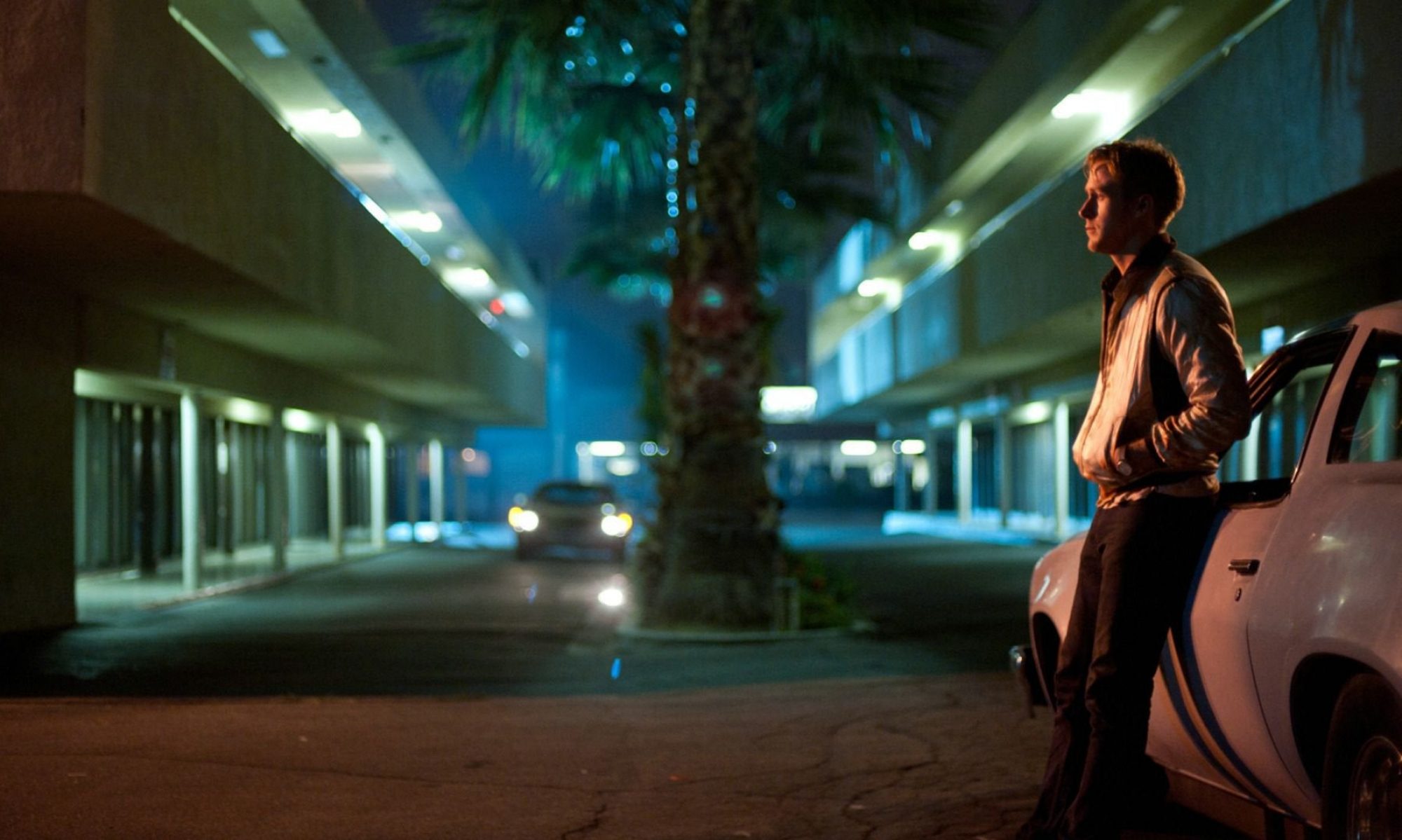Gawain and the Green Knight lets its literary origins be known from the outset, informing us that the author of the text is unknown before planting it solidly in its Middle English scripture origins as the title adorns the opening images in an array of decorative fonts. When text from a letter is read out by a character, the camera bears witness to each individual written word as it is spoken. Materiality is at the heart of director David Lowery‘s luxurious feature, which follows Gawain’s journey after his fateful encounter with the mythical entity.
Seeing A24 pop up in the opening credits was a good sign. The central plot has a spooky folklore horror vibe to it as it is, and A24’s got some serious credentials in that area (see: Hereditary, Midsummer, The Witch and many others). Speaking of The Witch, Robert Eggers’ debut, Gawain’s moodscape (is that a word? No, but I’m leaving it there for all to see nonetheless) seems especially suited to the studio’s talents. I thought I recognised the voice of the Green Knight, and it is indeed A24 regular Ralph Ineson. There was a time not too long ago where I could only think of Ineson as nasty Chris ‘Finchy’ Finch from The Office, but he’s seriously broadened his range with roles like this. All you need here is the brooding deep voice. You don’t need to see any recognisable face to evoke fear and dread. And Dev Patel’s on sterling form as per usual. It helps that he’s already got a face made for the screen, particularly when cinematographer Andrew Droz Palermo indulges in deep focus, expressionist shots of his facial expression and the dimly lit corridors of castles and forests.
If you’ve happened to hear of a, uh, certain book of mine, you’ll know I’m a big fan of that expressionist stuff. The dialogue is considered and quiet, often delivered in creepy, disembodied tones. Some critics at the time complained there was too much focus on dark shadows in a similar way they complained about the TV adaption of Wolf Hall, but hey, I’m here for that moody shiz. The soundtrack likewise follows que, offering atmospheric, minimalistic hums as choral sirens harp over the mysterious events that take place. David Lowery commissioned regular collaborator Daniel Hart to compose the score, which succeeds in creating a mystical, dreamy soundscape. Plus there’s a suitably creepy cameo from Banshees of Inisherin and Saltburnstar Barry Keoghan, which is nice. A woozy editing style, captivating landscapes and stellar performances all round create a compelling fantasy of faulty heroism and pathos. Spellbinding.
